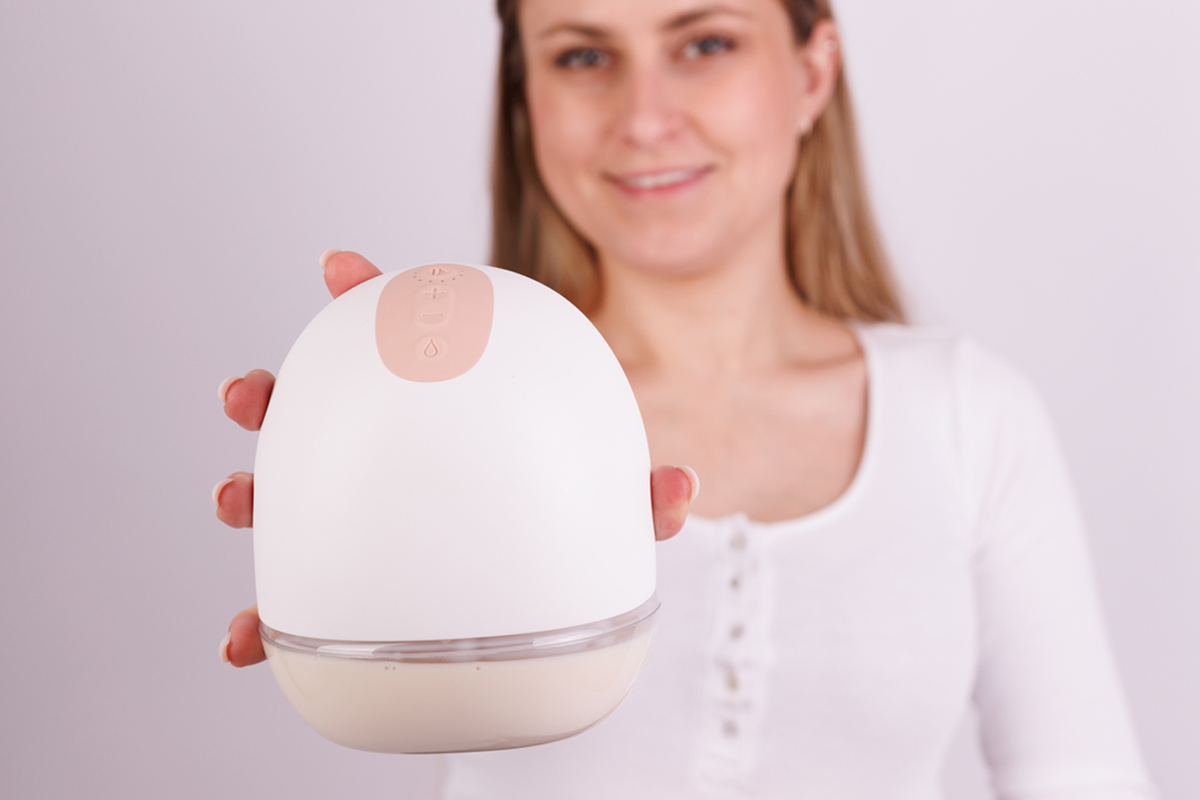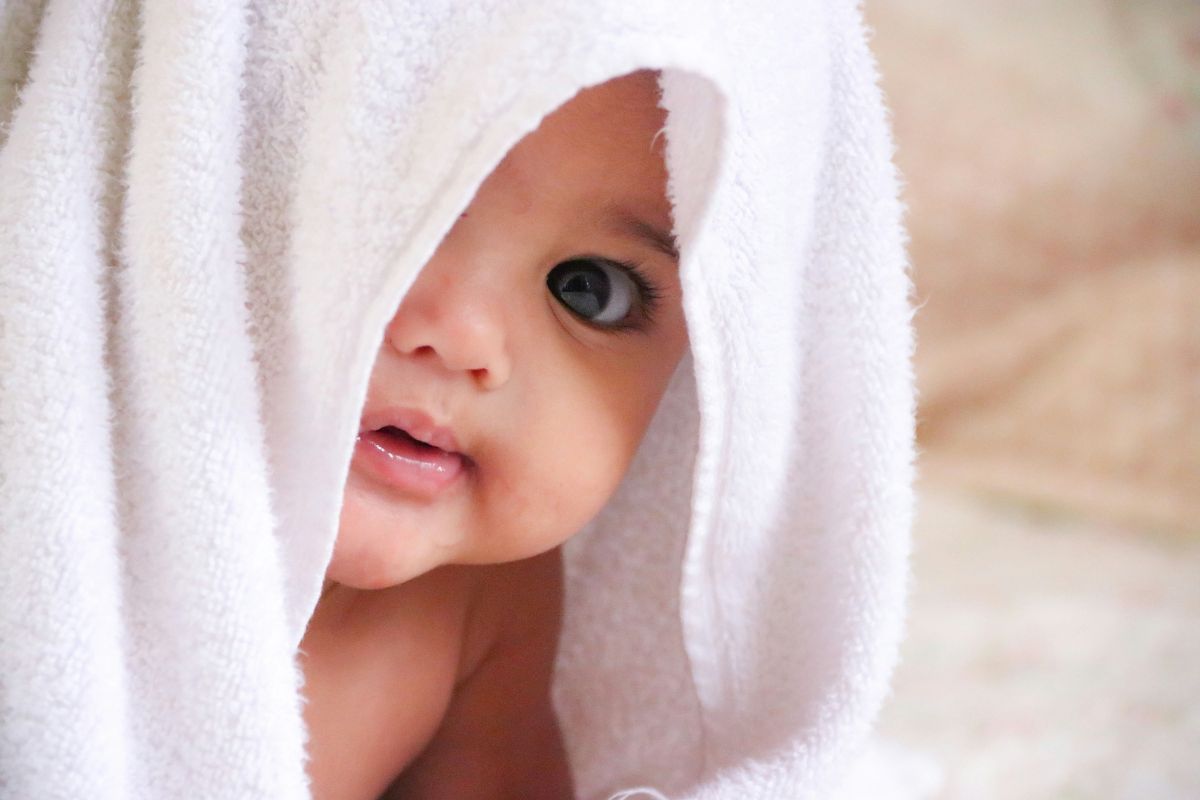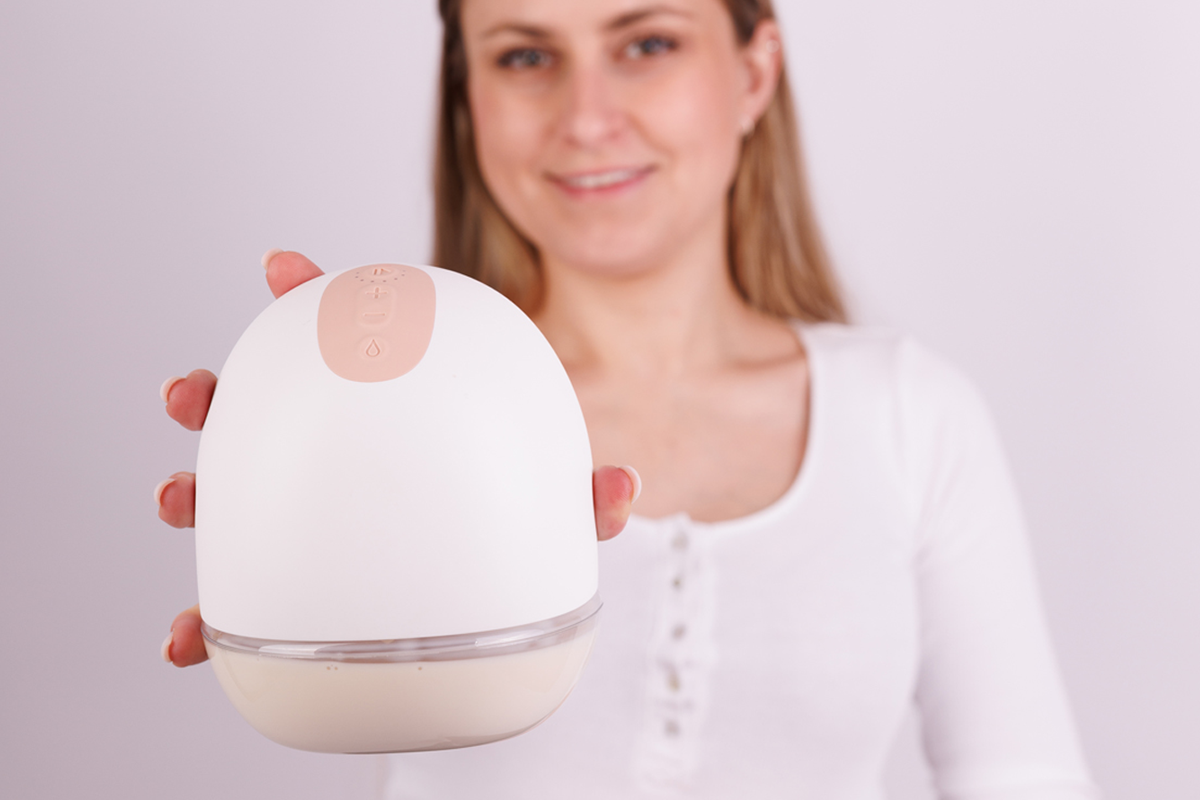Navigating the world of breastfeeding and pumping can feel overwhelming, especially when you're trying to figure out what gear you actually need. You might be wondering about the best way to prepare for your baby's arrival, and a key question that comes up for many new and expectant mothers is about breast pumps. The right choice depends on your personal feeding goals, lifestyle, and how you plan to incorporate pumping into your routine. Let’s explore the various scenarios to help you determine the ideal number of breast pumps for your journey.
The different types of breast pumps
Deciding how many pumps you need starts with understanding the tools available. The market offers a wide variety of pumps, from simple, portable options to powerful, hospital-grade machines. You may find yourself wondering about the difference between a wearable breast pump vs. a regular one, but each has its own unique benefits.
Manual pumps: The simple, affordable option
Manual pumps are operated by hand and are a simple, quiet, and affordable choice. They are lightweight and do not require electricity, making them ideal for occasional use, such as to relieve engorgement or to pump for a single feed. They are an excellent backup option.
Electric pumps: The workhorse
Electric pumps are the most popular choice for moms who pump regularly. They can be single or double pumps and offer different settings for suction and speed (known as breast pump mode). In the US, many insurance plans cover the cost of an electric pump. This is a huge benefit, as innovative, hands-free wearable options like the Perifit Pump may be fully or partially covered, making pumping much easier for busy moms.
Single vs. double pumping: What's the difference?
A single electric pump expresses milk from one breast at a time, while a double pump expresses milk from both breasts simultaneously. Double pumping is often recommended because it is more efficient and can save you a significant amount of time.
Understanding your pumping lifestyle: From occasional to exclusive
Your "pumping lifestyle" will dictate not only the type of pump you need, but also the number. It's important to consider how often and why you will be pumping.
The occasional pumper: A backup plan
You might be a mom who primarily breastfeeds directly from the breast but wants a pump for occasional use. This could be for a date night, a short trip, or to relieve engorgement. Pumping once in a while is a low-pressure way for you to build a small milk stash for your baby.
Recommendation: 1 manual pump. For you, as an occasional pumper, a single manual pump is sufficient. It's inexpensive, portable, and gets the job done without the bulk of an electric machine.
The pumping-at-work mom: Daily routine
If you plan to breastfeed but will be away from your baby for extended periods, such as when returning to work, you fall into this category. This routine requires you to pump away from home, often multiple times a day to maintain your milk supply. Having a consistent pumping schedule is crucial for your success.
Recommendation: 1 double electric pump + 1 manual or portable pump for backup. A double electric pump is essential for a working mom to efficiently empty both breasts during a short break. Having a backup manual or portable pump is a smart idea. It can be a lifesaver if your main pump has an issue or if you need to quickly pump on the go without access to an outlet.
The exclusive pumper: The main source
As an exclusive pumper, you provide all of your baby's nutrition with expressed breast milk, with no direct latching. This is a demanding schedule, as it requires you to pump every few hours around the clock to mimic your baby's feeding patterns. For you, the breast pump is a true lifeline.
Recommendations : 1 reliable double electric pumps + 2 hands free wearable pump. Exclusive pumping puts a lot of wear and tear on a breast pump. For this reason, having two reliable double electric pumps is highly recommended. If one pump breaks down, you can immediately switch to the other without interrupting your pumping schedule. This is crucial for maintaining your milk supply and avoiding the stress of an emergency purchase. It's a key consideration when thinking about weaning of breast pump.
The hybrid mom or mom on the go : A mix of everything
You might choose to combine breastfeeding and pumping, often alternating between the two. This might involve nursing during the day and pumping at night, or using the pump to supplement direct feeds. This flexibility allows you to have a more fluid feeding schedule.
Recommendation: 1 main pump + a portable/wearable pump. A main pump for home use combined with a portable or wearable pump provides you with ultimate flexibility. Hands-free, portable pumps like the Perifit Pump allow you to pump while you're commuting, running errands, or simply moving around the house. This can be a huge convenience and help you combine breastfeeding and pumping without feeling tied down.
💡 Perifit Pump is a great ally for every scenario, offering a convenient, hands-free solution. This hospital-grade pump is available in both single and double versions, so you can choose the option that best fits your needs
Tips for choosing the right number of pumps
Beyond the number of pumps, a few other factors can influence your decision.
Consider your support system and lifestyle
If you have a strong support system—a partner, family, or childcare—you may have more flexibility. On the other hand, if you are traveling, commuting, or have a busy, less flexible schedule, having a backup or portable pump can make a world of difference. Your daily routine and the support around you should factor into your pumping choices.
Think about backup and convenience
A second pump can save you time and reduce stress, especially if you pump frequently. Scenarios where a backup pump is useful include when your main pump is being cleaned or sterilized, when you experience a pump failure, or when you need to pump in a different location. Having a backup prevents a stressful scramble and keeps your supply stable. Remember to sterilize and clean breast pump parts after each use to keep your pumps working optimally.
Align with your feeding goals
Your feeding goals—whether it’s exclusive pumping vs. supplementing with formula, or feeding twins or multiples—are a primary consideration. Twins or multiples often require a more rigorous pumping schedule, so having multiple reliable pumps is a must.
How long can I use one pump before buying another?
The lifespan of a breast pump varies widely depending on the type and frequency of use. Hospital-grade pumps are designed for multiple users and are incredibly durable, but personal-use pumps have a more limited lifespan. For a mom who pumps occasionally, one pump may last through several babies. However, for an exclusive pumper, the motor and parts can wear out quickly, often within a year. In this scenario you might need to think about renting a pump instead of buying one. It's important to monitor the suction and effectiveness of your pump. If you notice a decrease in performance or milk output, it may be time to replace or service your pump.
Determining how many breast pumps you need is a personal decision that depends on your lifestyle and feeding goals. Whether you’re an occasional pumper who needs a simple manual pump or an exclusive pumper who relies on multiple double electric pumps, the right tools can make your journey smoother and more successful. By understanding your own needs and considering a backup for convenience and peace of mind, you can set yourself up for a positive and fulfilling experience.
Sources:





